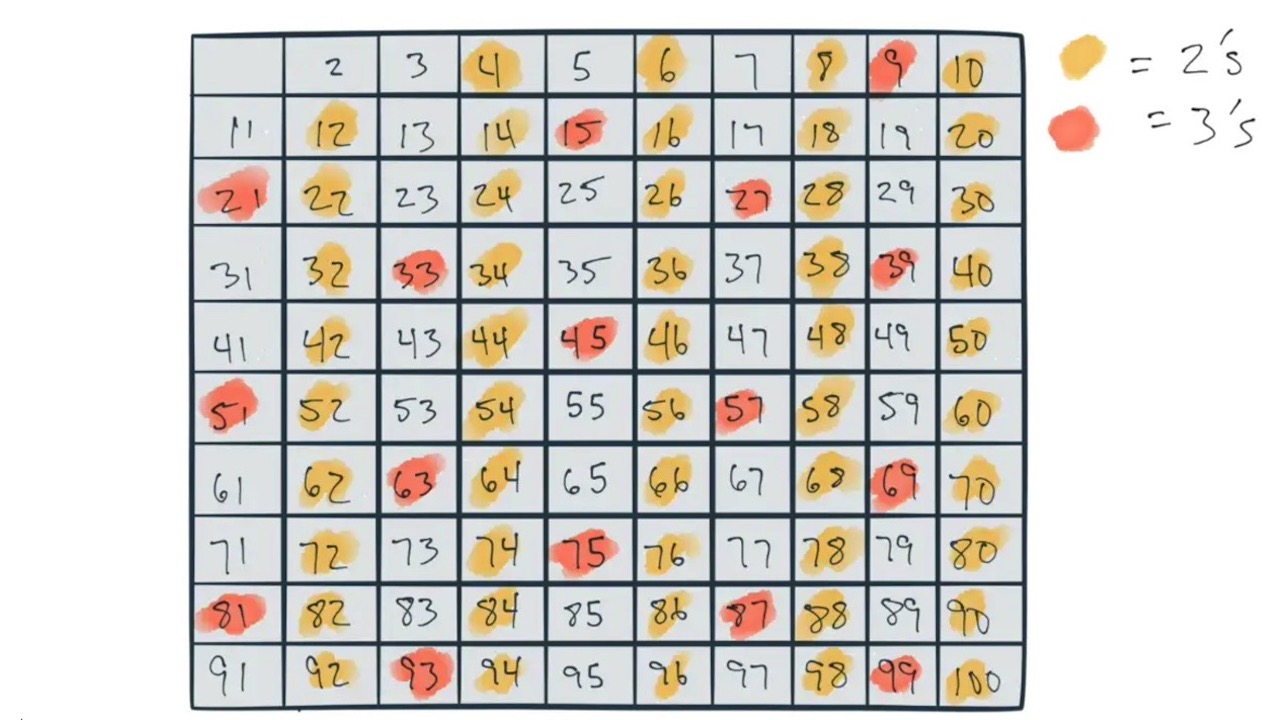This problem has been solved (rather elegantly I might add) over 2200 years ago by a chap named Eratosthenes. His algorithm is so elegant that just about anyone can understand it. In mathematical terms, his algorithm uses a sieve to filter and extract the numbers in a set:
Sieve theory is a set of general techniques in number theory, designed to count, or more realistically to estimate the size of, sifted sets of integers. The primordial example of a sifted set is the set of prime numbers up to some prescribed limit X.
How would you solve this problem? Also: would you consider this dynamic programming? We’ll answer the latter question at the very end.
The Code
//Sieve of Eratosthenesconst sieve = (n) => { var grid = {}; for (var i = 2; i <= n; i++) { grid[i]={marked: false}; } const limit = Math.sqrt(n); for (var i = 2; i <= limit; i++) { for(var x = i + i; x <= n; x += i){ grid[x].marked = true; } } var out =[]; for (var i = 2; i <= n; i++) { if(!grid[i].marked) out.push(i); } return out;};console.log(sieve(100));
